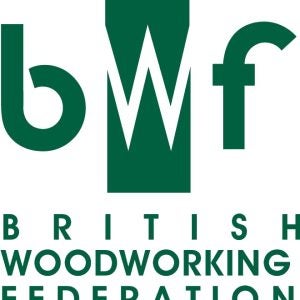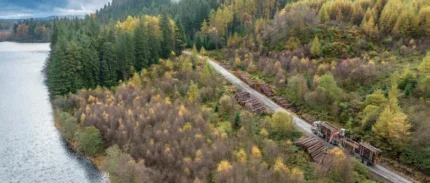
One of the key takeaways from the launch of the UK Forest Market Report (FMR) 2024 was that “the UK grows wonderful timber and the future value of this commodity should not be underestimated”.
That is the view of Jon Lambert, partner at specialist forestry firm Goldcrest Land & Forestry Group, which produced the report jointly with Tilhill the UK’s leading woodland creation, forest management and timber harvesting company (and part of the BSW Group, a member of Binderholz).
The report was launched at The Signet Library in Edinburgh (from where it was also livestreamed) and at 116 Pall Mall in London on two consecutive days in November.
The report authors revealed that forestry worth almost £100m was listed for sale in 2024 in a market characterised by tight supply and buyer caution. The UK forestry sector had proved resilient in the face of economic challenges, they concluded, adding that the market remains strong, driven by demand for high-quality assets, stable timber prices, wider natural capital projects and a positive medium-term outlook for wood being used as a substitute for high carbon materials.
Xander Mahoney, head of forestry investment at Tilhill Forestry gave the headline figures which, on the face of it, look pretty gloomy compared to 2023 – but it’s all about context.
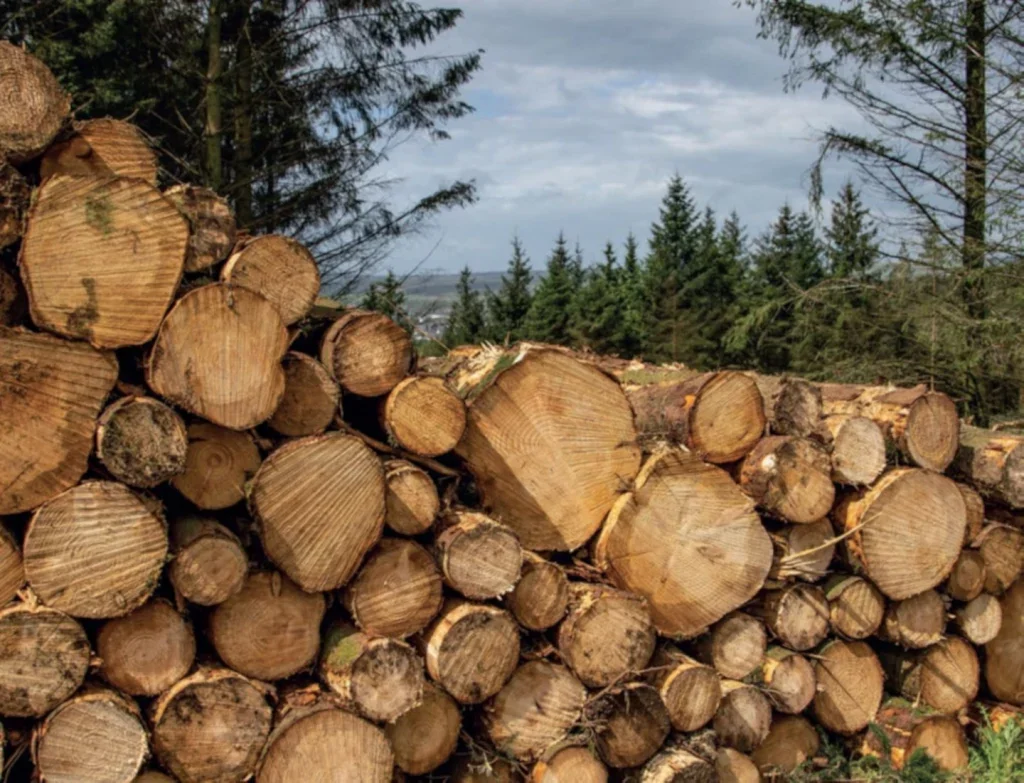
“We thought there had been a steady flow of multi-million-pound properties coming to the market this year and then we added them all up and we were down by more than half. What gives?”
He went on to explain that the 55% fall in the value of listings in 2024 (down to £95.4m) was largely due to the sale of two exceptional properties in 2023, which accounted for £150m worth of value and skewed the figures for that year somewhat.
“Stripping them out and focusing on the more typical properties, we’re actually up by 80% and that trend has continued into the coming year, with multiple large assets either on the market or, as we understand, imminently coming to market,” said Mr Mahoney.
The market numbered 44 properties (a 26% increase on last year), with a total of 5,400 stocked hectares (down 39% on last year) and an average valuation of £18,600 per stocked hectare (an 18% decrease from last year).
Scotland continued to dominate, with a 79% market share.
The 18% drop in the pricing of agreed deals can also be explained by “outliers and northern skews”.
“Last year there was a big deal done at a valuation 30% higher than anything else that year,” said Mr Mahoney. “And this year there was an island property that was done at a valuation of half the next cheapest property.”
He added that if those two deals were stripped out of the data, like-for-like valuations were down by 8%. Some commentators have referred to that as “close to flat”.
Mr Mahoney went on to say that Tilhill and Goldcrest had noticed a big swing towards northern Scotland properties in 2024.
“We believe this is because, with higher interest rates, investors are looking for nearterm income and many of the properties further south, where the trees grow faster, have already been harvested. We would expect that more mature properties would fetch a higher valuation, however, these northern Scotland properties are further from the core timber markets, so, as a group, the more mature northern Scotland properties were still the lowest value region overall.
“This has also dragged down valuations, so between the outlier effect and the northern skew we believe there is support for our assertion that like-for-like valuations are down by a mid-single digit percentage at most,” said Mr Mahoney.
He added that the “biggest determinant of valuation – the most highly correlated variable” was the proportion of Sitka spruce on a property.
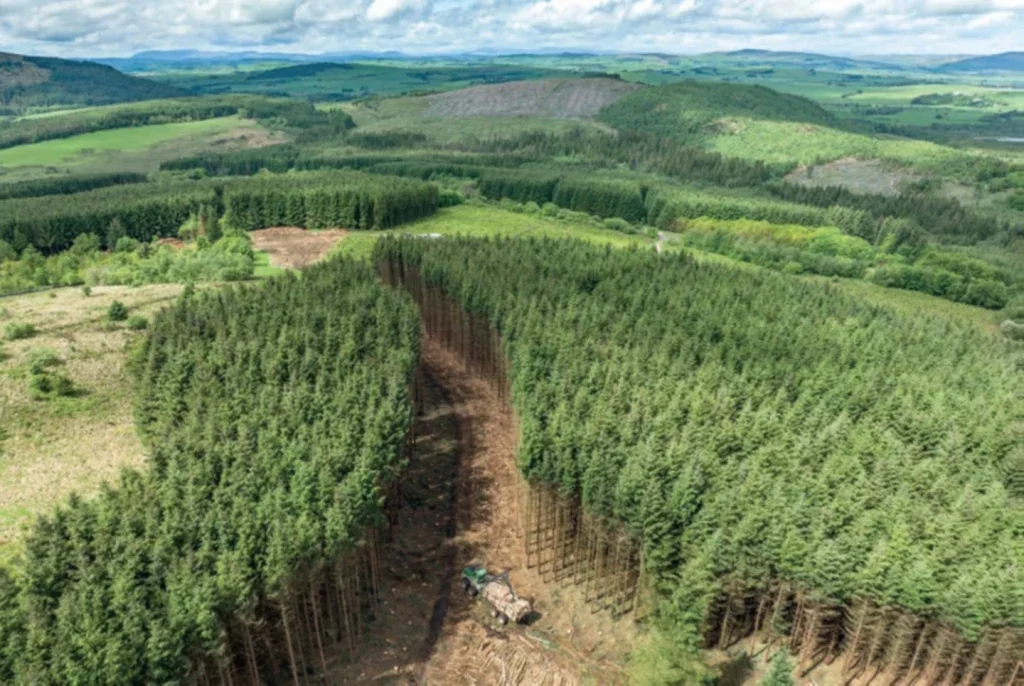
The report highlights the fact that while pricing has stabilised for commercial afforestation land in Scotland, the availability of land has continued to shrink.
In Scotland the volume of land available for sale dropped by 40% to 1,600ha as availability of land suitable for commercial forestry continued to tighten, despite sustained demand. Pricing for land stabilised at around £10,000 per hectare.
In Wales, planting land increased by 92%, to 1,300ha and averaged £16,800 per gross hectare (26% up).
The report notes that Wales has shown an uptick in potential investment opportunities, but many are smaller and higher priced. Larger Welsh landholdings are more attractively priced but are few and far between, it says.
Planting land listed in England also increased by 92%, to 1,300ha, and averaged £14,500 per gross hectare (13% down).
“The desire to diversify outside of Scotland and Wales is driving activity in England, despite the regulatory challenges,” said Mr Mahoney. “The pricing is somewhat skewed by a property in the Midlands, outside of the typical conifer region, but it illustrates the affordability challenge of land south of the border.”
The report says that the heat has come out of the market but that demand for planting land definitely still outstrips supply, which has been greatly reduced over the last 18 months. In summing up, Mr Mahoney told delegates that “there is more opportunity to deploy capital into UK commercial forestry right now than at any point in the past decade”, adding that “afforestation continues to be a challenge, but expanding woodland cover is a worthy goal”.
In his analysis of the market in 2024 at the launch event and in the report itself, Jon Lambert noted that “there is no shortage of cash out there in the system” but that purchasers had been selective and cautious.
“Perhaps mindful of the bull run that peaked in the spring of 2022, investors’ enthusiasm cooled in 2023 and 2024 has been similar,” he said. Some potential purchasers were less decisive and decided to “sit on their hands” and the number of overall enquiries was down.
“However,” he added, “during the second half of August, September and early October as we approached the Budget, we completed on a large number of transactions as speculation from accounting commentators rose. It was a busy period.
“With a new Labour government and concerns of a potential large scale tax grab budget, it’s not surprising that some purchasers were holding back a little,” said Mr Lambert. “This was certainly the case with some ESG (environmental, social and governance) buyers, where capital might have been the reason for holding back, rather than political reasons.”
Analysing the market further, Mr Lambert drew attention to some fundamentals, such as the Bank of England base rate settling at around the 5% mark.
“Some investors appeared happy to sit on cash but others admit this is not the best home [for it] from a tax perspective and see a land-based investment with the real physical growth of trees of 5-6% per year over the life of the crop to be a good start,” he said. “Combined with a strong expectation that timber prices will increase, potentially substantially in the short- to medium-term, we’ve definitely seen a mature market buying forest assets that are focused on growing timber – a global commodity in short supply, with taxation incentives being less of a driver. There is no doubt about it – here in the UK we grow extremely high-quality timber in a short period, compared to many other producers.”
Mr Lambert noted that “for much of the year (2024), some of the institutional players who were voraciously hungry in 2021 and the first half of 2022 have found it harder to refill the piggy bank, due to interest rates and investor hesitancy. When valuing properties for sale, purchase, family transfers, for lending institutions, funds or individuals, interest rates will, of course have a bearing. Over the last 12 months we have seen market discounted cash flows suggest returns of 6-10%, which is a healthy 1-5% above base rates.”
Mr Lambert referred to north England and south Scotland as “the forestry golden rectangle” of productive upland sites with good ground and growing conditions, a large resource of competent forest managers and contractors, and, crucially, easy access to established hi-tech timber markets. As “a broad rule of thumb” he ranks the central bank of Scotland in second place, Aberdeenshire and Argyll “probably in third” and north of Inverness “generally in fourth place”.
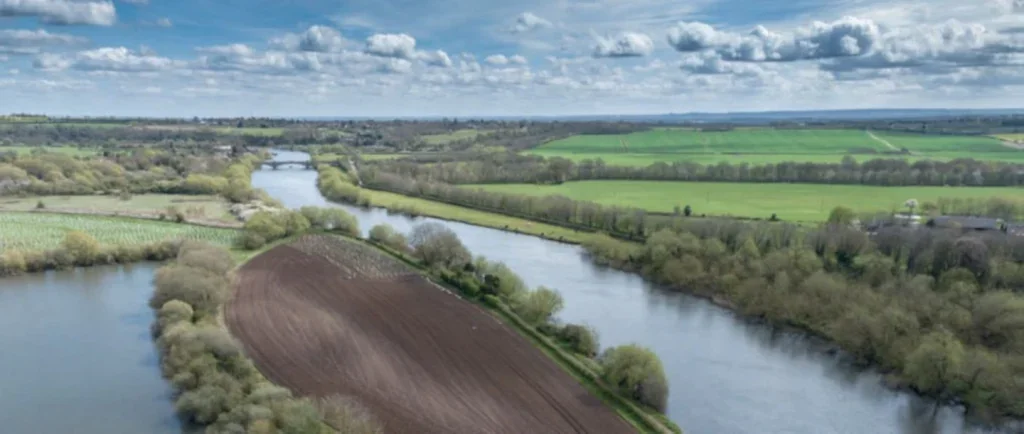
Mid-Wales, he said, is a premier division location – “the platinum corner” – where timber price often outperforms that of Scotland.
When it comes to the best time for investing, Mr Lambert said that timber quality is a key indicator.
“Generally, in all property asset classes, good quality means you will always be able to get out,” he said. “If something is cheap there is usually a reason. It’s a classic indicator – when ‘rubbish’ is making a lot of money you are probably close to, or at the top of the market. It really doesn’t take a maths scholar to understand that if you have a mature crop standing at only 200 tonnes to the hectare, with poor quality timber worth £30 per tonne, or a forest with high quality timber worth £60 a tonne standing at 600 tonnes to the hectare, the range in values between the two crops is £6,000 per hectare as opposed to £36,000 per hectare. Plus, the value of the land. Both sites will have taken 35-40 years to get there but the higher quality crop is worth 600% more than the poor one. It’s worth getting it right.
“At the time of planting it is critical that management has to be at its most focused for three or four years, and similarly at the time of timber marketing. Decision making at these times can make or break the investment.”
Regarding woodland carbon, which can create additional value to young crops, Mr Lambert said that trading of woodland carbon had become clearer and more commonly understood in the last 12 months and purchasers generally have good visibility on market price.
“However, we need to get better at paying for the value of carbon while it is still attached to young crops and land,” he said.
The data and analysis in the 2024 FMR reflected the 12 months prior to the October 30 Budget, which presaged major changes to the taxation landscape and, potentially, to commercial forestry land ownership.
“[With] £40bn-worth of tax increases, however you slice it the British population is now poorer than it was pre-Budget,” said Mr Lambert.
“In the forestry world, taxation was adjusted with a reduction in relief for business and agricultural property,” he continued. “Currently, if an individual owns a commercial forest and runs it as a business for two or more years, upon death there is no inheritance tax (IHT) paid by the beneficiary.
From April 2026 the first £1m will remain IHT free, but then the relief has been reduced, resulting in 20% IHT paid due on the balance.
“On first reading this is disappointing, but name me another investment where IHT is free on the first million pounds and then only charged at 20% rather than 40% on the balance.”
Mr Lambert said that Goldcrest had already seen an increase in enquiries from individuals looking for an investment up to and slightly more than £1m.
“Quality commercial woodlands and forests remain fundamentally highly attractive investments with tax efficient advantages an addition [timber remains free of income tax and capital gains tax],” he said. “I don’t believe the results of the Budget will bring more properties to the market but possibly, as stated, it will result in more purchasers, certainly at the lower end of the values. I am quite intrigued to see how the next 14 months up to April 2026 might pan out.
“What I am confident in is the fundamentals. A land-based, tangible investment – they aren’t making any more land – growing a global commodity that is in short supply. A developing world that consumes more timber as living standards improve. A requirement for increased housebuilding in the UK – we’re told it’s going to increase in England by 14% in 2025. A huge reliance on timber imports and current timber pricing which to me looks remarkably inexpensive.
“Yes, capital values are back last year and this. The market has rebalanced. But I believe there is value out there to be had. To me the future looks robust and exciting. So, do not wait to invest in forestry, invest in forestry and wait.”
ABOUT THE FOREST MARKET REPORT
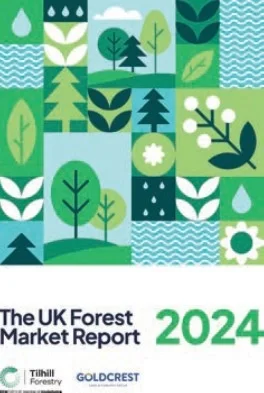
The launch of the UK Forest Market Report also included presentations from Stuart Pearson, business development director at Tilhill Forestry, who spoke on the subject of silviculture for resilient forests; and Dr David Edwards, research impact co-ordinator at Forest Research, who spoke about diversifying the palette of productive species.
The FMR itself includes articles by Harry Stevens, forestry director at the BSW Group, reflecting on the standing timber market; Oliver Thompson, charted forestry agent at Goldcrest Land & Forestry Group, looking at mixed woodlands in England, Scotland and Wales; Jay Li Sanderson, forestry investment adviser at Tilhill Forestry, on natural capital; and David McCulloch, head of CarbonStore, on the market for woodland carbon.
The report can be downloaded from either Tilhill or Goldcrest:
• https://www.tilhill.com/resource-hub/publications/the-uk-forest-market-report
• https://goldcrestlfg.com/the-uk-forest-market-report-2024/


